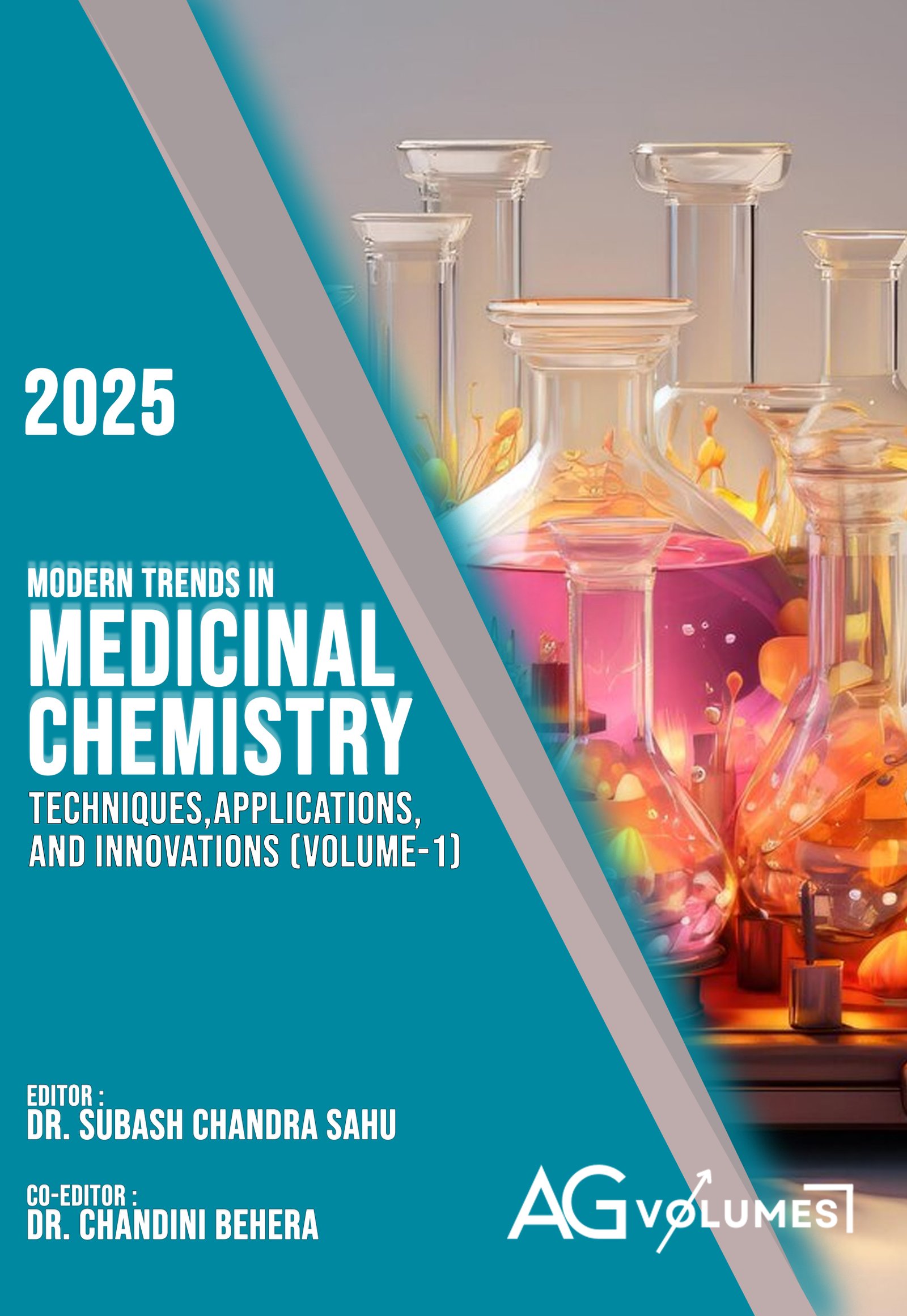Review on Computational Chemistry in Drug Discovery
Keywords:
Computational chemistry, Drug discovery and development, Computational technique, Computer-aided drug discovery (CADD), Molecular docking (MD), Quantitative structure–activity relationship (QSAR) techniquesAbstract
By assisting pharmaceutical scientists and medicinal chemists in the creation of new, safe therapeutic ideas via the logical design and placement of current medicines, computational techniques help reduce the necessity for animal medical research. Examine the many studies on computational approaches in drug development that have been published in this article. According to this study, computational chemistry has transformed modern drug discovery by offering strong tools and techniques for predicting and examining molecular interactions. Drug development has been greatly expedited by computer approaches, from virtual screening to lead optimisation and toxicity prediction. Molecular docking, pharmacophore modelling, MD simulations, QSAR, and virtual screening are some of the computational chemistry technologies that are used to identify drug candidates with potential bioactivities. In order to improve the drug development process, these methods should be able to describe molecules that are effective, target-selective, and absorbable. New possibilities for creativity in drug discovery are presented by recent developments in AI, ML, and high-performance computers, which further expand the potential of computational chemistry.
References
[1] J. H. Cai et al., "Recent updates in click and computational chemistry for drug discovery and development," Front. Chem., vol. 11, no. February, pp. 1-7, 2023,https://doi.org/10.3389/fchem.2023.1114970
[2] P. Dixit and P. B. Singh, "The Impact of Artificial Intelligence on Various Sectors: Benefits, Challenges, and Future Prospects," Interantional J. Sci. Res. Eng. Manag., vol. 08, no. 04, pp. 1-5, 2024,https://doi.org/10.55041/IJSREM30655
[3] N. M. Zeki, K. M. Z. Othman, and Y. F. Mustafa, "Computational Chemistry: A game-changer in the drug discovery field," no. February, 2025,https://doi.org/10.59429/ace.v8i1.5601
[4] Y. Zhuo, "Computational chemistry review article," Appl. Comput. Eng., vol. 61, no. 1, pp. 262-273, 2024,https://doi.org/10.54254/2755-2721/61/20240980
[5] F. J. Luque, "Frontiers in computational chemistry for drug discovery," Molecules, vol. 23, no. 11, 2018,https://doi.org/10.3390/molecules23112872
[6] K. Saini and P. Richhariya, "Enhanced Brain Tumor Classification using VGG19 and Data Augmentation Techniques," pp. 18-26, 2023.
[7] G. Palermo and M. De Vivo, "Computational Chemistry for Drug Discovery," Encycl. Nanotechnol., no. February 2015, pp. 0-15, 2015,https://doi.org/10.1007/978-94-007-6178-0
[8] S. Choudhuri et al., "Recent Advancements in Computational Drug Design Algorithms through Machine Learning and Optimization," Kinases and Phosphatases, vol. 1, no. 2, pp. 117-140, 2023,https://doi.org/10.3390/kinasesphosphatases1020008
[9] D. Fedasa Tegegn, "Application of Computational Chemistry in Drug Design and Organic Photovoltaics Material Design," J Phys Chem Biophys, vol. 12, no. 1, p. 330, 2022, doi: 10.35248/2161-0398.22.12.330.Citation.
[10] C. N. Cavasotto, M. G. Aucar, and N. S. Adler, "Computational chemistry in drug lead discovery and design," Int. J. Quantum Chem., vol. 119, no. 2, pp. 1-19, 2019,https://doi.org/10.1002/qua.25678
[11] G. Sliwoski, S. Kothiwale, J. Meiler, and E. W. Lowe, "Computational methods in drug discovery," Pharmacol. Rev., vol. 66, no. 1, pp. 334-395, 2014,https://doi.org/10.1124/pr.112.007336
[12] H. Mahamat, "The impact of computational chemistry on modern drug discovery," Int. J. Adv. Chem. Res., vol. 4, no. 2, pp. 398-400, 2022,https://doi.org/10.33545/26646781.2022.v4.i2f.195
[13] T. R. Sahu and L. Sahu, "APPLICATIONS OF COMPUTATIONAL CHEMISTRY IN DRUG DESIGN : A REVIEW," vol. 20, no. 20, pp. 3245-3250, 2022, doi: 10.48047/NQ.2022.20.20.NQ109321.
[14] R. B. O. Ouma, S. M. Ngari, and J. K. Kibet, A review of the current trends in computational approaches in drug design and metabolism. BioMed Central, 2024.https://doi.org/10.1186/s12982-024-00229-3
[15] W. Xu, "Current Status of Computational Approaches for Small Molecule Drug Discovery," J. Med. Chem., pp. 2-5, 2024,https://doi.org/10.1021/acs.jmedchem.4c02462
[16] N. Schaduangrat, S. Lampa, S. Simeon, M. P. Gleeson, O. Spjuth, and C. Nantasenamat, "Towards reproducible computational drug discovery," J. Cheminform., vol. 12, no. 1, pp. 1-30, 2020,https://doi.org/10.1186/s13321-020-0408-x
[17] M. Shah, M. Patel, M. Shah, M. Patel, and M. Prajapati, "Computational transformation in drug discovery: A comprehensive study on molecular docking and quantitative structure activity relationship (QSAR)," Intell. Pharm., vol. 2, no. 5, pp. 589-595, 2024,https://doi.org/10.1016/j.ipha.2024.03.001
[18] X. Lin, X. Li, and X. Lin, "A review on applications of computational methods in drug screening and design," Molecules, vol. 25, no. 6, pp. 1-17, 2020,https://doi.org/10.3390/molecules25061375
[19] P. Amrit, "Revolutionizing Drug Discovery and Design: The Power of Computational Chemistry," vol. 14, 2023, doi: 10.37421/2150-3494.2023.14.342.




